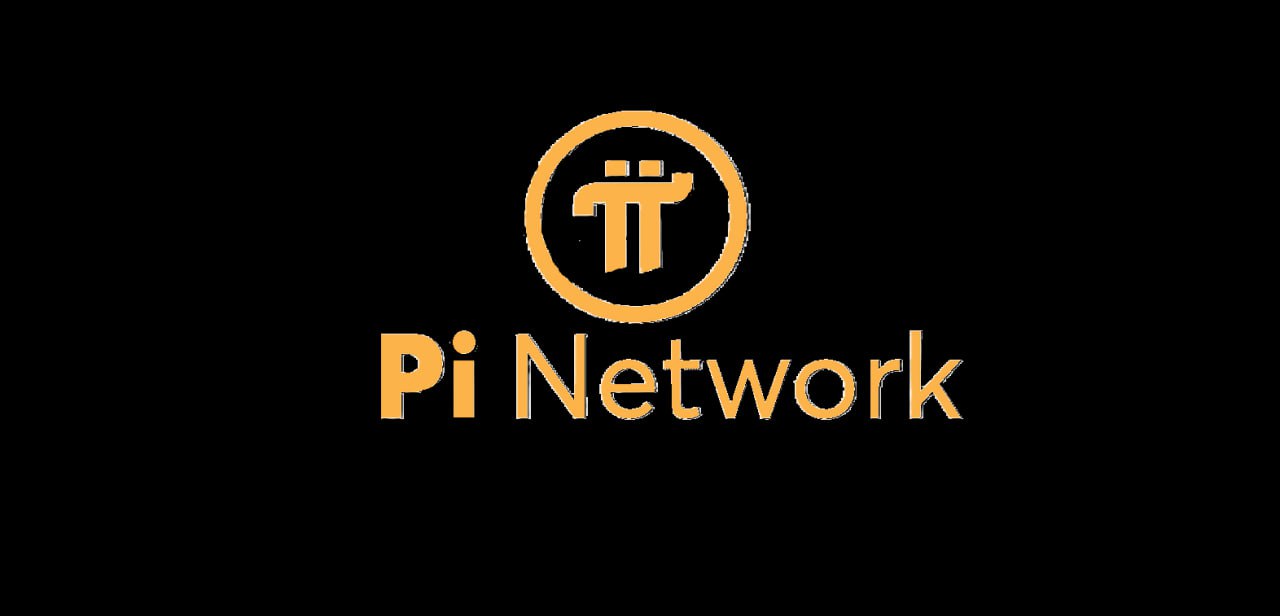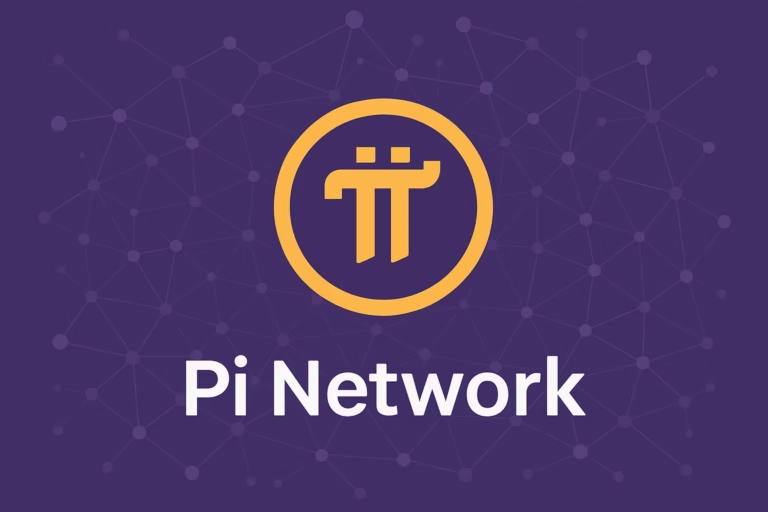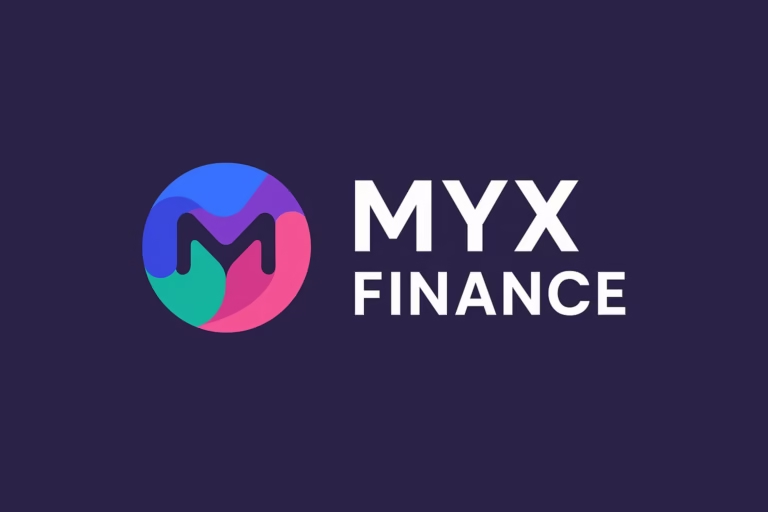
- Pi Network, launched in 2018 by former Stanford University developers, aims to revolutionize cryptocurrency by providing accessible mining through smartphones and promoting its use in commerce.
- Its success hinges on overcoming challenges such as converting Pi coins into fiat currency and avoiding pitfalls seen in similar crypto projects.
In the rapidly evolving world of cryptocurrency, new projects constantly emerge, each promising unique solutions to existing challenges. One such project is Pi Network, which has been making waves since its launch in 2018. With over 50 million users and ambitious goals, Pi Network is setting its sights on becoming a major disruptor in the crypto space, aiming to surpass Bitcoin as the leading digital currency.
The Vision of Pi Network
Origin and Vision
Founded by two former Stanford University graduates, Pi Network was created with a vision to revolutionize the cryptocurrency industry. Unlike Bitcoin, which started as a way to challenge traditional financial systems, Pi Network seeks to address key issues that Bitcoin currently faces. Primarily, it aims to make cryptocurrency accessible to everyone, even those without access to high-end mining hardware.
Accessible Mining with Pi Network
One of the standout features of Pi Network is its accessible mining process. While Bitcoin requires costly mining rigs, Pi allows users to mine directly from their smartphones. This democratization of mining opens doors for millions, particularly those in emerging markets, to participate in the cryptocurrency economy.
Commerce and Utility
Pi Network also envisions a future where its coin is widely used in commerce. The developers have announced partnerships with over 27,000 businesses that are ready to accept Pi as a form of payment once the network fully launches. This utility-driven approach differentiates Pi from Bitcoin, which has primarily served as a store of value and investment asset.
Challenges and Path to Mainnet
Navigating Challenges
Despite its promising features, Pi Network has faced significant challenges. One of the biggest hurdles has been the inability of users to convert Pi coins into fiat currencies for several years. To address this, Pi Network has been working towards the launch of its Open Mainnet, where pioneers can eventually sell their tokens.
Progress Towards Mainnet Launch
The journey to the mainnet has been a gradual process. Developers extended the initial KYC (Know Your Customer) verification period to ensure that more pioneers could transition their coins to the mainnet smoothly. This cautious approach aims to avoid the pitfalls seen in other similar crypto projects like Hamster Kombat and Catizen, which saw significant drops in value shortly after their airdrops.
Success or Setback?
The success of Pi Network will ultimately depend on how well it addresses the challenges of user adoption and retention. If pioneers refrain from quick selling, and if the utility of Pi in commerce gains traction, then Pi could indeed carve a significant niche for itself in the cryptocurrency landscape. However, if early adopters rush to liquidate their holdings, Pi may become just another fleeting trend in the crypto world.
Conclusion
As Pi Network pushes forward with its plans to launch the Open Mainnet, its future remains uncertain. However, its vision to provide a more accessible, utility-driven cryptocurrency is compelling. Whether it can surpass Bitcoin and fulfill its promise will depend on its ability to overcome challenges and deliver long-term value to its users.




